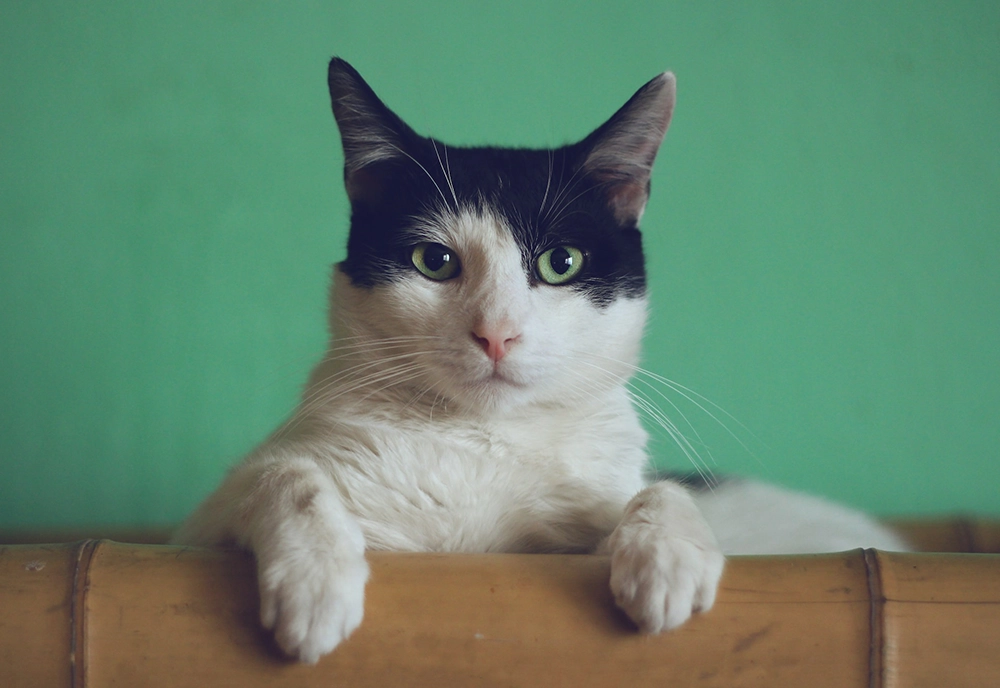Whiskers are just one of the many things that set cats apart from the rest of the animal world. But interestingly enough, not all cats have them. Or rather, not all have the long, thin, hair-like protuberances that most people think about when they hear the word.
While many hairless breeds of cats might lack physical whiskers, many other breeds that appear to have no whiskers actually have shorter, or even broken, whiskers that are barely visible.
But for most cats, whiskers play an integral role in how they interact with their environment because cats rely on them for so many different functions. If you ever wanted to know – why do cats have whiskers and how do they use them – then this post will answer your questions.
The Functions of a Cat’s Whiskers
Whiskers might look like simple hairs, but they actually serve many essential functions for cats. For starters, whiskers provide cats with a sense of orientation because they contain follicle cells with proprioceptive abilities. This means that the whiskers can sense where the cat is in relation to the ground based on how gravity pulls on them. If you’ve ever wondered why your cat always lands on her feet, it’s because her whiskers tell her how high up she is.
Another important function of whiskers is that they serve as a sense of touch for your cat. The follicles are surrounded by sensory cells that constantly transmit information to your cat’s brain. These cells are highly sensitive and stimulated by even the slightest vibrations in the hair. This allows your cat to hunt better at night, determine if she can fit through small spaces, avoid threats to her eyes and face, and more accurately evaluate her environment.
There is also increasing evidence that whiskers may be involved in how cats communicate with each other. They have tiny muscles near their base that are used by your cat to “point” her whiskers toward potential threats when she becomes stressed. These muscles will also relax when your cat is content or they’ll pull her whiskers back against her face when she isn’t feeling well.
Can Whiskers Be Injured?
Whiskers are made from keratin, the same protein that makes up her fur and nails. This means that while they are highly sensitive and deliver a lot of information to the brain, they do not have feeling. However, each whisker follicle is associated with hundreds of neurons, so they can be overstimulated. When this occurs, the cat has what is known as “whisker fatigue.”
Whisker fatigue is caused by chronic, recurrent pressure on the whisker, which causes excessive firing of the neurons to the point that your cat becomes overstimulated. The most common culprit in cases of whisker fatigue is using inappropriately sized food and water dishes.
That said, you should never cut your cat’s whiskers. Although cutting them wouldn’t be painful to your cat, the sudden loss of sensory input could be extremely stressful and confusing for your cat.
Will Lost or Broken Cat Whiskers Grow Back?
Sometimes a cat might break a whisker or have her whiskers trimmed for medical reasons, and in some cases, a cat will even shed one or two whiskers. In these cases, as long as the whisker’s follicle remains undamaged, it will usually grow back. It can take anywhere from six weeks to three months for whiskers to regrow and in many cases, the new whisker might even grow back in a different color than the original. This is totally normal and will not impact the whisker’s function in the least.

